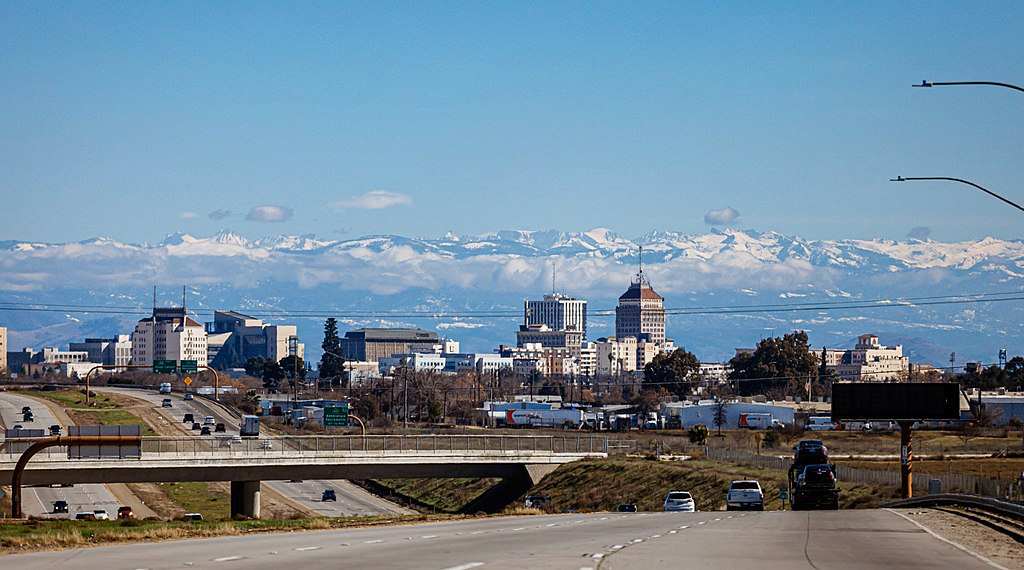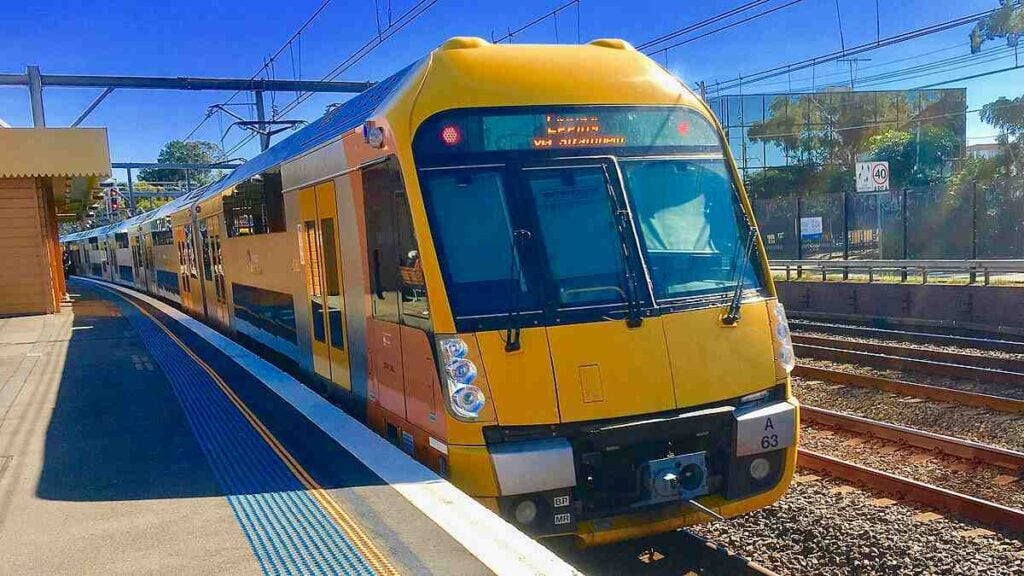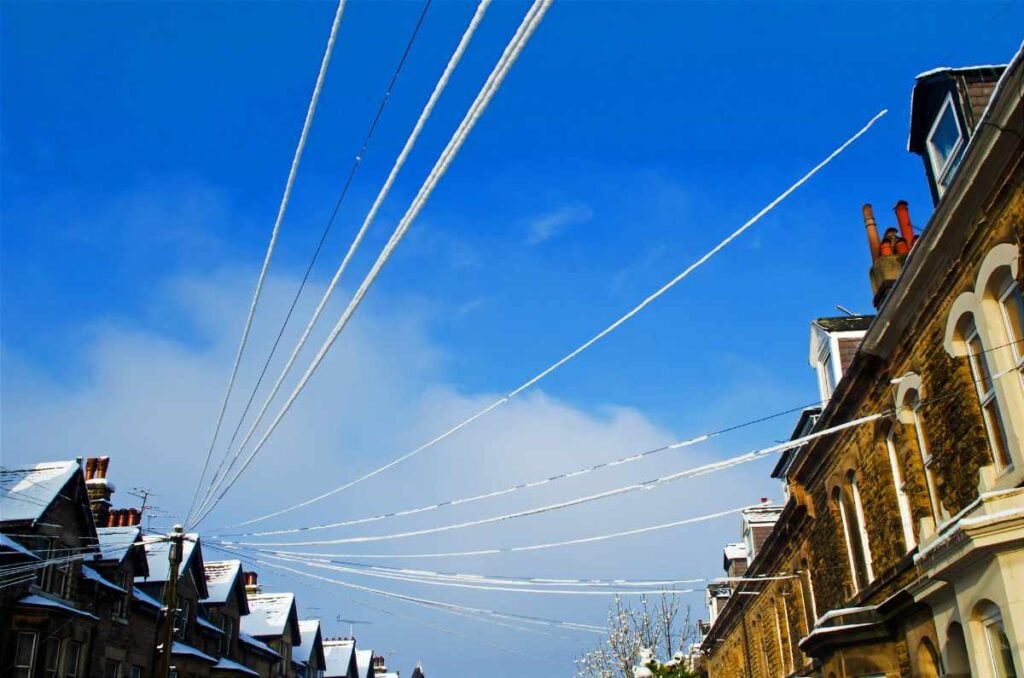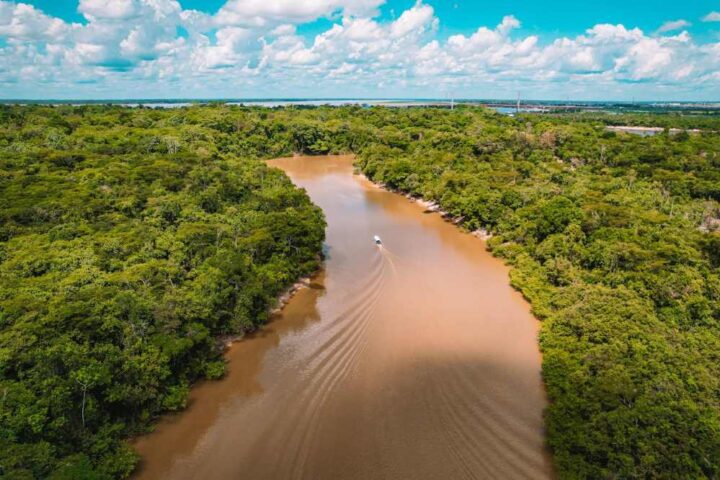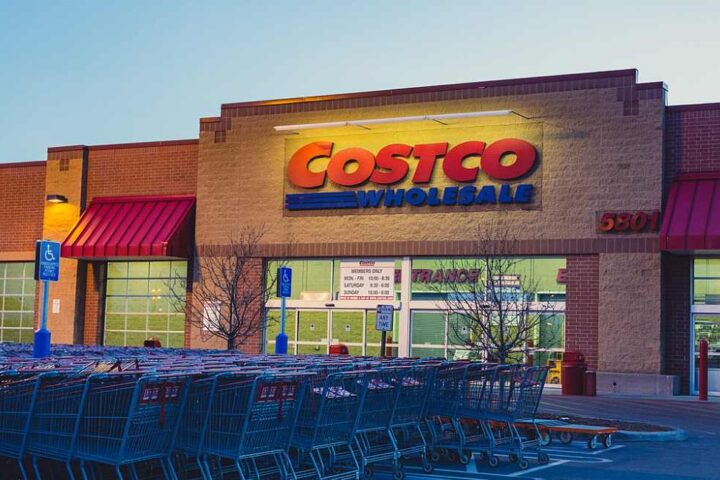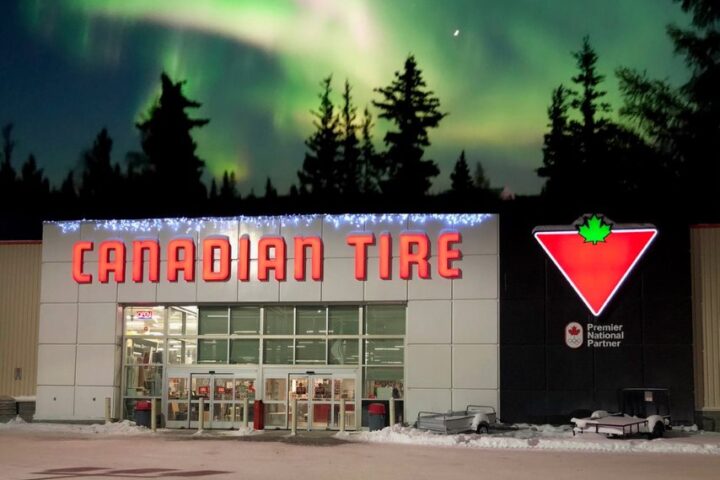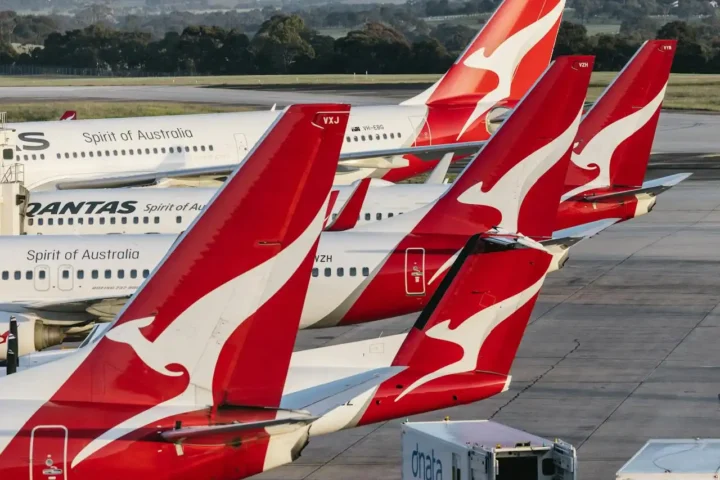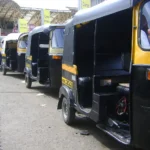Fresno’s skyline could soon be graced with bullet trains zipping through at 220 mph – or left with an unfinished monument of concrete pillars. That’s the stark reality behind Governor Gavin Newsom’s signing of Assembly Bill 377 on Wednesday, which mandates a detailed funding roadmap for California’s ambitious high-speed rail project.
The new law requires the California High-Speed Rail Authority to include specific details in its 2026 business plan about how it will fund the critical 171-mile Central Valley segment connecting Merced to Bakersfield – the first operational piece of what’s meant to eventually link San Francisco to Los Angeles.
“California’s high-speed rail project is a critical investment in our future, and we must remain focused on policies that help clear the path to completion,” Newsom said in his signing statement.
🔧 Can You Close the \$7 Billion Gap?
Use the sliders below to allocate funding sources and see if you can hit the \$7 billion target!
Money Tracks: The $7 Billion Question
The funding picture remains the most pressing challenge. According to the state’s Legislative Analyst’s Office, the Merced-to-Bakersfield segment faces a funding gap of roughly $7 billion — money that needs to be secured before May 1, 2026 to avoid potential delays.
Assemblyman David Tangipa (R-Fresno), who authored the bill, warned that without a clear financial roadmap, the project could leave Fresno with unusable infrastructure.
The timing couldn’t be more critical. Just two weeks before the bill’s signing, the Trump administration terminated $4 billion in federal funding for the project. Transportation Secretary Sean Duffy cited “16 years of failure, no completed high-speed track, and escalating costs” in his announcement.
This federal funding pullback comes despite significant progress: 119 miles under active construction and over 15,000 jobs created since groundbreaking in 2015.
From $33 Billion to $128 Billion: The Cost Spiral
What began in 2008 as a voter-approved $33 billion project has ballooned to an estimated $89–$128 billion for the complete Phase 1 route connecting San Francisco to Los Angeles and Anaheim. Even the more modest Central Valley segment is now projected to cost between $28 billion and $31 billion.
The authority has spent approximately $14.4 billion since 2015, with most funds going toward constructing the Initial Operating Segment (IOS) in the Central Valley. Civil construction on 119 miles of guideway is expected to be completed by December 2026, with the first high-speed track to be laid that same year.
However, revenue service on the IOS isn’t projected to begin until between 2031 and 2033 — and that timeline assumes the funding gap can be bridged.
Racing Against the Clock: May 1, 2026 Deadline
AB 377 specifically requires the High-Speed Rail Authority’s next business plan, due May 1, 2026, to include:
- Updated cost estimates for the Merced-Bakersfield segment
- A comprehensive risk assessment
- Options for initiating service
- An estimate of the remaining funding gap
- A detailed strategy for addressing that gap
Without this plan, the legislature may consider pausing the project — something neither supporters nor critics want to see after the billions already invested.
The Cap-and-Trade Connection
One potential funding solution lies in California’s cap-and-trade program, which currently directs 25% of its annual revenue to the high-speed rail project. This fluctuates between $750 million to $1 billion annually based on carbon market prices.
The program is set to expire in 2030, creating uncertainty about the rail project’s most reliable funding source. California High-Speed Rail Authority CEO Ian Choudri believes private investors could fill the funding gap — but only if the state commits to consistent, predictable funding first.
Beyond Tracks: Environmental and Economic Benefits
By June 2023, statewide economic output tied to the project reached approximately $11.4 billion, supporting over 92,200 total job-years (with 41,500 in the Central Valley alone), based on the Authority’s economic impact figures.
The Federal Funding Fight
The state isn’t giving up on federal funding without a fight. Governor Newsom filed a lawsuit challenging the Trump administration’s termination of the grant agreements, calling it “petty, political retribution” and arguing the state has met all its obligations.
“Trump wants to hand China the future and abandon the Central Valley. We won’t let him,” Newsom stated. Despite no revenue track yet, Newsom’s office emphasizes that 171 miles are under development, 119 miles under construction, and substantive structures already built.
What’s Next: Steel Wheels or Concrete Pillars?
With AB 377 now law, the California High-Speed Rail Authority faces a critical 10-month window to develop its most detailed funding plan yet. Meanwhile, construction continues in the Central Valley, with civil work expected to wrap up next year and track-laying to begin.
The Authority must also decide how to proceed without the expected $4 billion in federal funding while its legal challenge works through the courts.As the 2026 business plan deadline approaches, Californians will learn whether their high-speed dreams will roll forward on steel wheels or remain frozen as concrete pillars dotting the Central Valley — a modern monument to transportation ambition or, as critics fear, a costly lesson in infrastructure planning.
